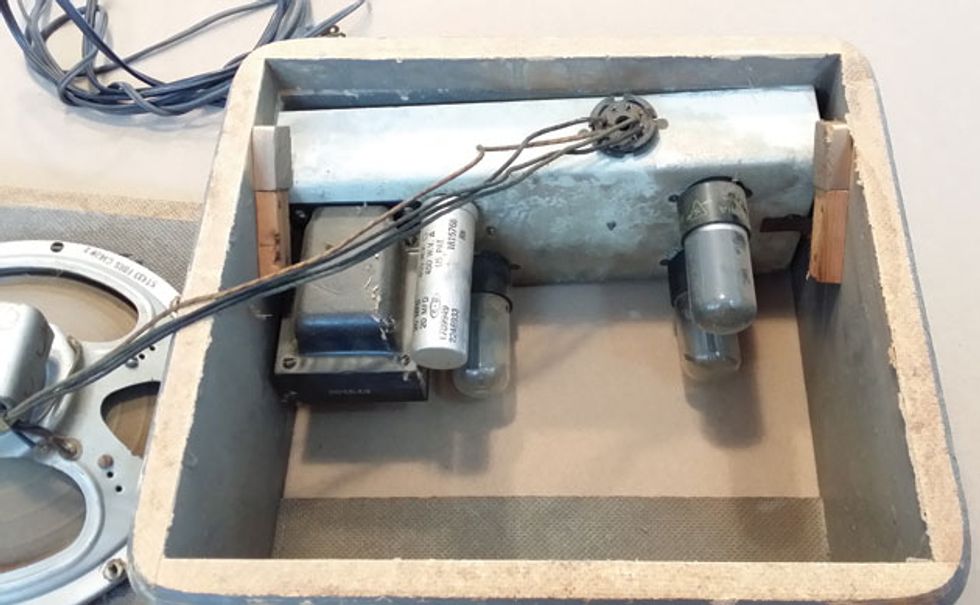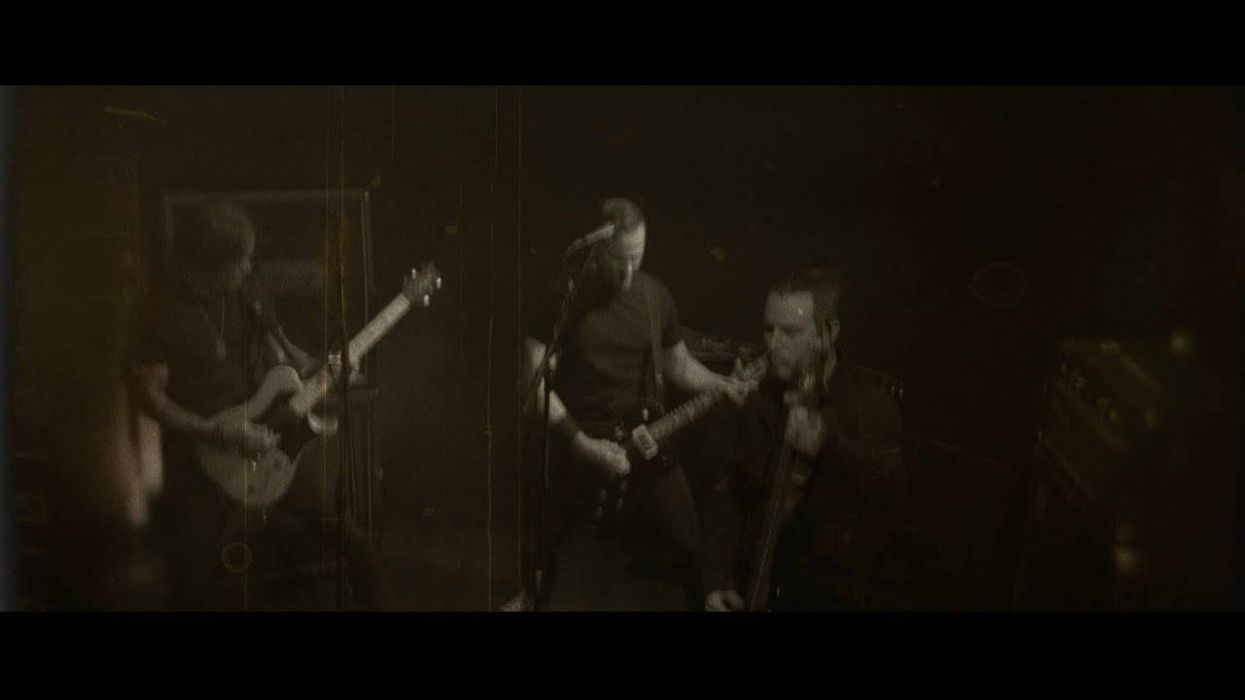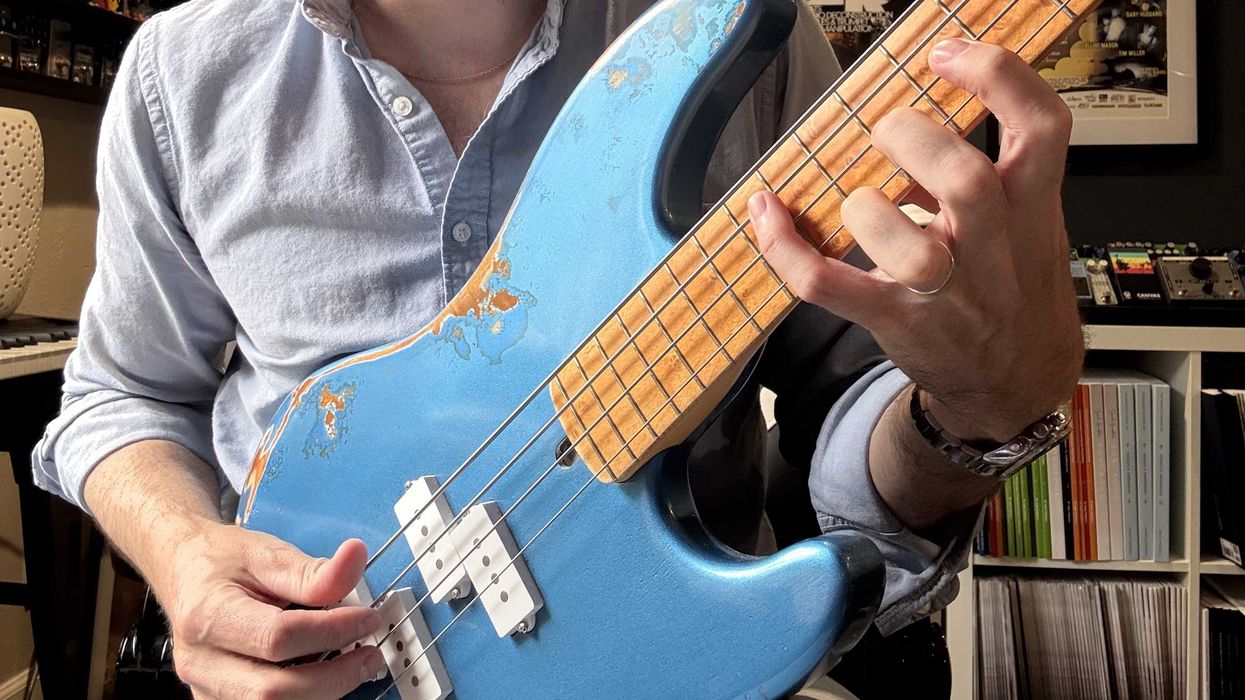Howdy Zach,
I acquired this amp at a yard sale for $50. I played a little guitar when I was younger and I love vintage gear, but have never seen an amp like this before. I haven’t plugged it in to see if it works because of the age and all the dust, but it appears to be mostly intact. I would love to know the approximate year it was built and how desirable it is today. Any information you could provide is appreciated!
Thanks,
Lance in Tucson, Arizona
Hey Lance,
I don’t think whoever held this yard sale knew what they had! Amplifiers under the K&F Manufacturing Corporation brand name represent some of Leo Fender’s first commercially available amplifiers, prior to his starting the company we are all familiar with. Very few of these amps are known to exist, so they are quite hard to come by. First, let me provide you with a little background.
As most amplifier enthusiasts know, Leo Fender was interested in electronics at an early age. He opened a radio repair shop in 1939, about the same time that guitar amplifiers were appearing on the scene in appreciable quantities. One of Fender’s customers in the early 1940s was Clayton Kauffman, who designed electric guitars for Rickenbacker in the 1930s and invented one of the first vibrato units, called the Vibrola. In 1943, Fender and Kauffman collaborated on a guitar pickup/test guitar, and, in 1945, they began producing guitar amplifiers and lap steel guitars that were typically sold in sets under the K&F name.
In 1946, Don Randall (who would become a large part of the Fender Musical Instruments Corporation and went on to found Randall Amplifiers) approached Kauffman and Fender about becoming a distributor for K&F. Kauffman, however, soon left the company and Leo went on to start FMIC, moved to a larger facility, and began building Fender-branded amplifiers that were very well received for their clean, bright sound. The rest, as they say, is history.
The amp you purchased is indeed a K&F amp from either 1945 or 1946, and was part of a set that included a lap steel guitar that is apparently long gone. These K&F amps came in a few slight variations with either an 8" or 10" speaker and a tone/volume knob set-up or no controls at all, like yours. Insofar as electronics go, these amps were constructed with a simple 3-tube chassis consisting of a 6N7 preamp tube, a single 6V6 power tube, and a 5Y3 rectifier producing an estimated 3 watts of power. The chassis is housed in a simple wooden box that’s covered with a thin, gray “crackle” material, and the removable front panel allows access to the Jensen speaker.
Your amp is designed to work with a lap steel guitar, which is why there aren’t any volume or tone controls. (They were mounted and controlled on the guitar itself.) Before the era of multiple channels, effects, etcetera, it made perfect sense to control the output on the guitar. However, with the lap steel missing, the abilities of this amp are somewhat limited since it is always run wide open.
These hard-to-find amps boast approximately 3 watts of power and house either an 8" or 10" speaker,
and a simple 3-tube chassis.
The original, leather handle on your amp likely deteriorated over time and necessitated the woven replacement. The power cord is wrapped with quite a bit of electrical tape and could use replacement as well (even though it appears it was replaced once before). Other than that, your amp appears to be original with minimal wear, which is noteworthy considering it is 70-plus years old. I’d also recommend bringing it to an amp repair shop to have it looked over. It’s a fairly simple circuit so there shouldn’t be too much involved, but you always want to have a professional take a chassis apart, mainly due to the high voltage associated with it.
Since these were sold as lap steel/amplifier sets, you typically see instruments and amps paired up. Values range widely for these sets: anywhere from $1,500 to $2,500. It’s also a situation where the sum is worth more than the value of the parts, kind of like vintage amp/cabinet pairings. Since the lap steel is missing, I estimate the amp on its own is worth between $750 and $1,000 in excellent condition. Because your amp has some replaced parts and a little wear and tear, $500 to $750 is probably more realistic. Of course, this all hinges on whether the amp is operational.
There are some great amp restoration companies out there that could probably shape your amp up with little effort, but, regardless, this is definitely a treasure when you consider what you picked it up for.
















